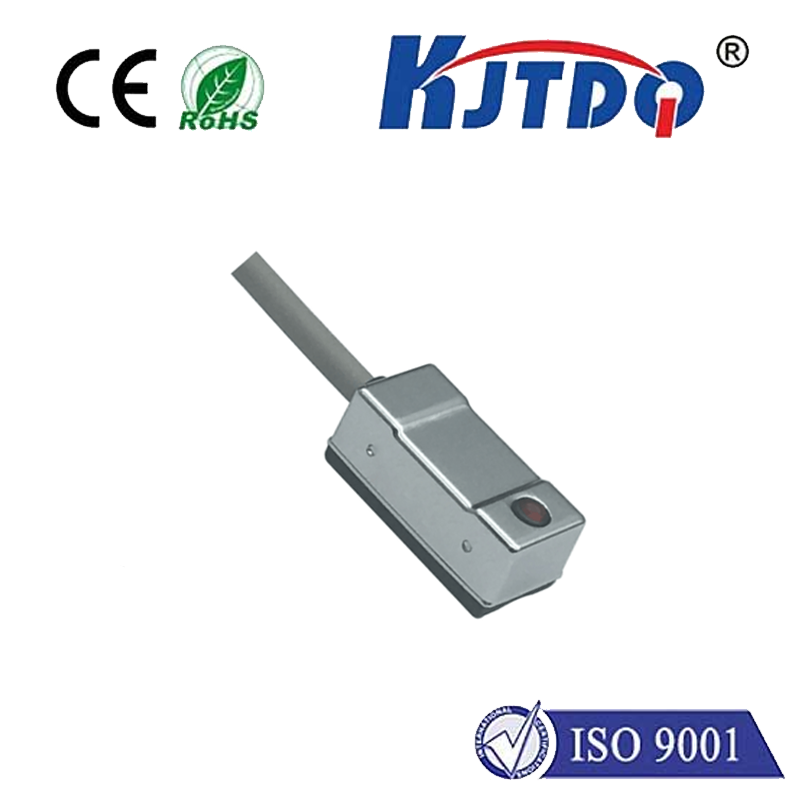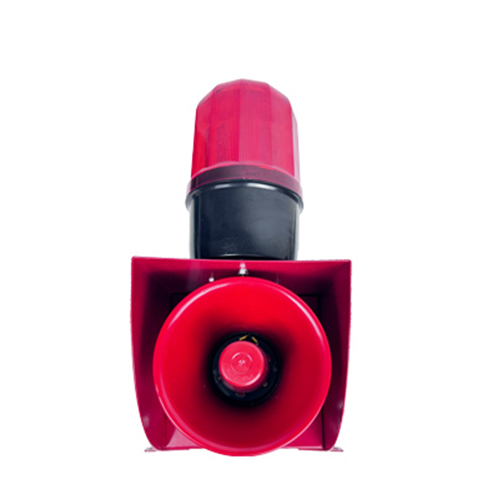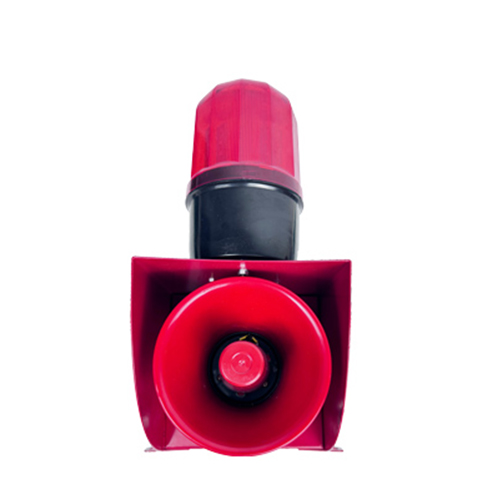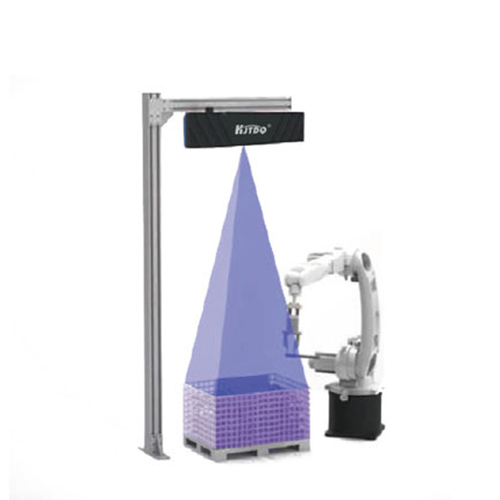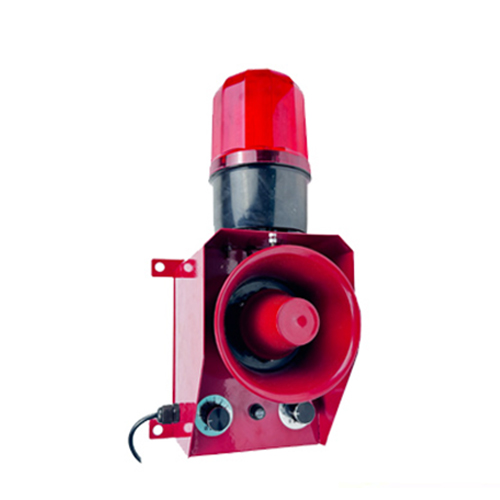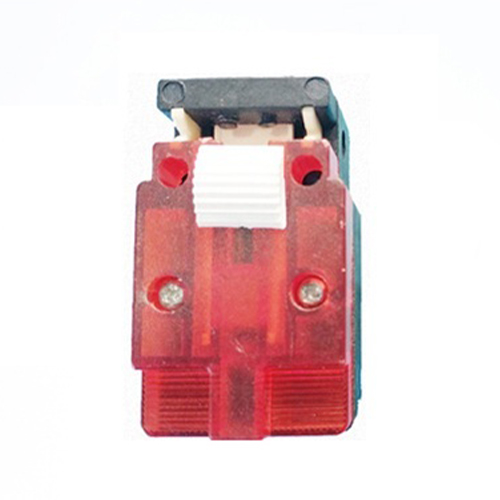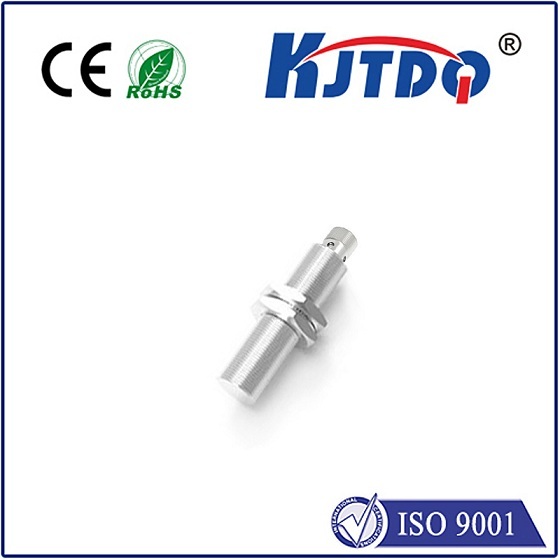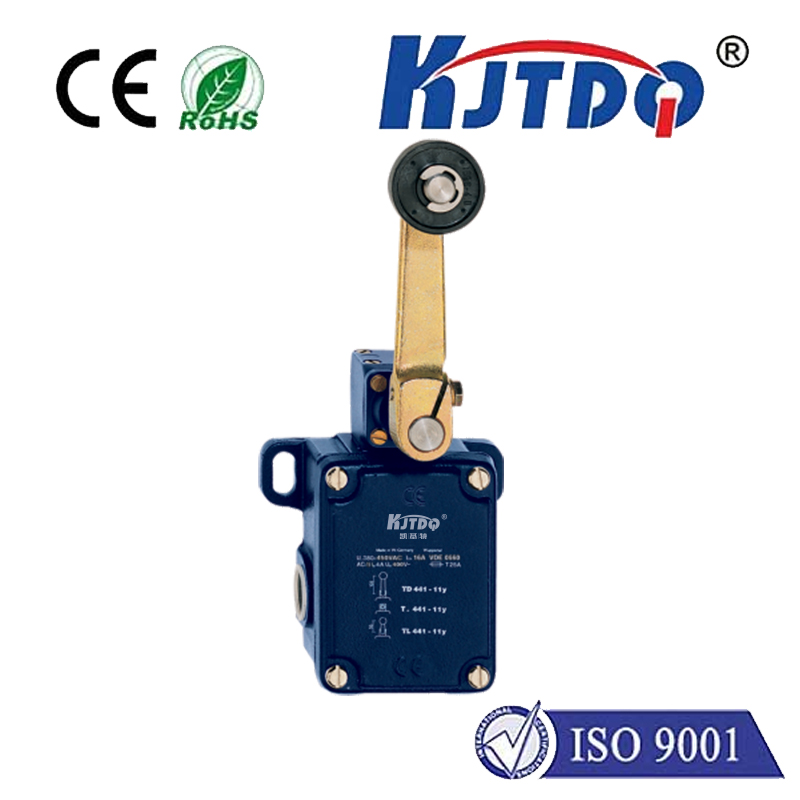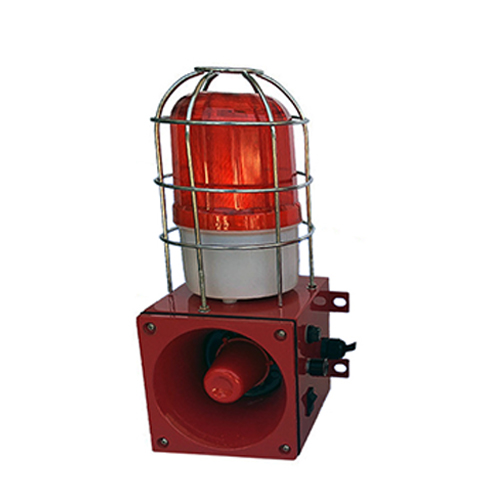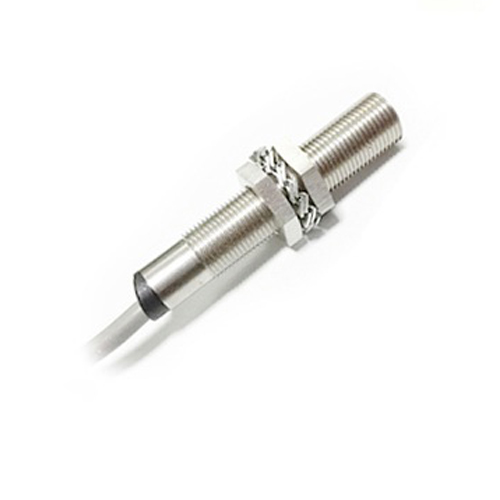

check

check

check

check
High Temp Inductive Proximity Sensors: The Ultimate Solution for Extreme Environments
In the realm of industrial automation and manufacturing, high-temperature environments pose a significant challenge when it comes to sensing and measurement. Traditional sensors often fail or provide inaccurate data due to extreme temperature fluctuations, leading to downtime, increased maintenance costs, and potential safety hazards. However, with the advent of high temp inductive proximity sensors, these challenges can be effectively addressed, paving the way for more reliable and efficient operations in harsh environments.
What Are High Temp Inductive Proximity Sensors?
High temp inductive proximity sensors are specialized devices designed to operate in high-temperature applications where conventional sensors would typically falter. These sensors utilize electromagnetic fields to detect the presence or absence of metallic objects without any physical contact. They are built using high-temperature resistant materials and advanced electronics to ensure stable performance even under extreme thermal conditions.
Why Choose High Temp Inductive Proximity Sensors?
There are several reasons why high temp inductive proximity sensors stand out as the preferred choice for extreme environments:

1. High-Temperature Resistance: These sensors can withstand temperatures far beyond the capabilities of standard sensors, making them ideal for applications such as furnace monitoring, automotive exhaust systems, and heat treatment processes.
2. Non-Contact Detection: By employing inductive technology, these sensors eliminate the need for direct contact between the sensor and the target object, reducing wear and tear and extending the lifespan of both components.
3. Improved Reliability: With their robust construction and advanced electronics, high temp inductive proximity sensors provide consistent and accurate readings, minimizing errors and ensuring smooth operations.
4. Versatility: These sensors can be used to detect various types of metals, including ferrous and non-ferrous materials, making them suitable for a wide range of applications across different industries.
5. Easy Integration: High temp inductive proximity sensors can be easily integrated into existing systems due to their compatibility with standard industrial protocols and interfaces.
Applications of High Temp Inductive Proximity Sensors
The unique characteristics of high temp inductive proximity sensors make them ideal for numerous applications where traditional sensors fall short. Some of these applications include:
1. Furnace Monitoring: Monitoring the temperature inside furnaces is crucial for maintaining product quality and energy efficiency. High temp inductive proximity sensors can reliably measure temperatures within these harsh environments without succumbing to degradation.
2. Automotive Exhaust Systems: The exhaust systems of vehicles generate extreme heat that can damage conventional sensors. High temp inductive proximity sensors are perfect for monitoring exhaust flows and emissions control systems in this context.
3. Heat Treatment Processes: Induction hardening, tempering, and other heat treatment processes require precise temperature control to achieve desired outcomes. High temp inductive proximity sensors offer accurate temperature readings even in these demanding conditions.
4. Glass Manufacturing: The production of glass involves extremely high temperatures that can compromise the integrity of standard sensors. High temp inductive proximity sensors provide dependable monitoring solutions during the melting process.
Conclusion
High temp inductive proximity sensors represent a significant advancement in industrial sensing technology, offering unparalleled durability, reliability, and accuracy in extreme temperature environments. As industries continue to push the limits of what's possible in terms of process efficiency and product quality, these sensors will undoubtedly play a vital role in enabling success in the face of adversity. By embracing high temp inductive proximity sensors, businesses can optimize their operations, reduce downtime, and stay ahead in their respective markets.
